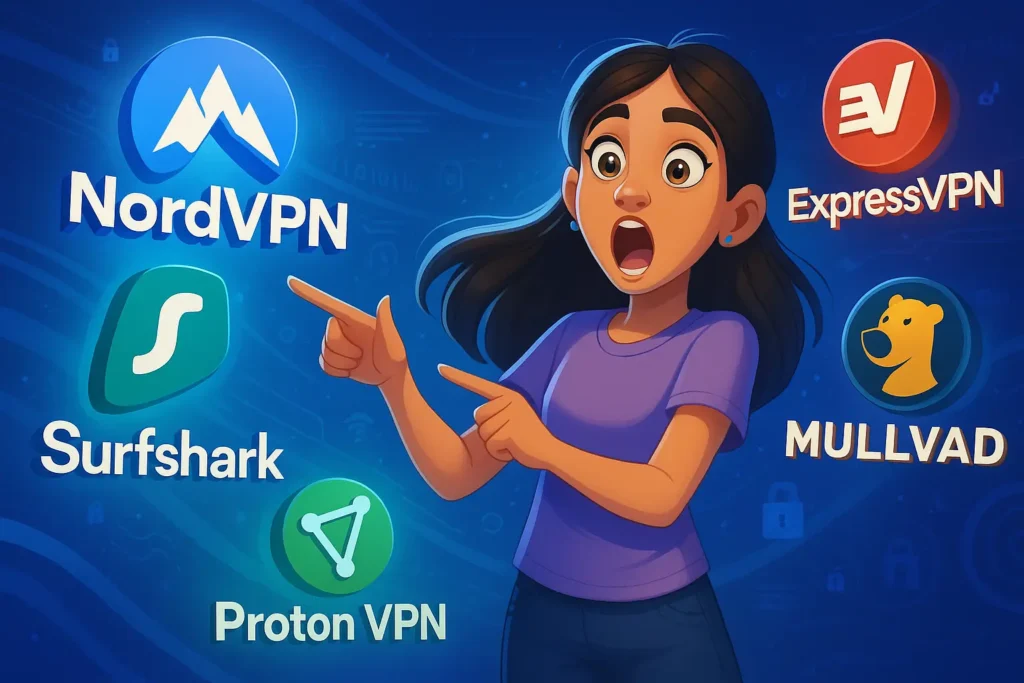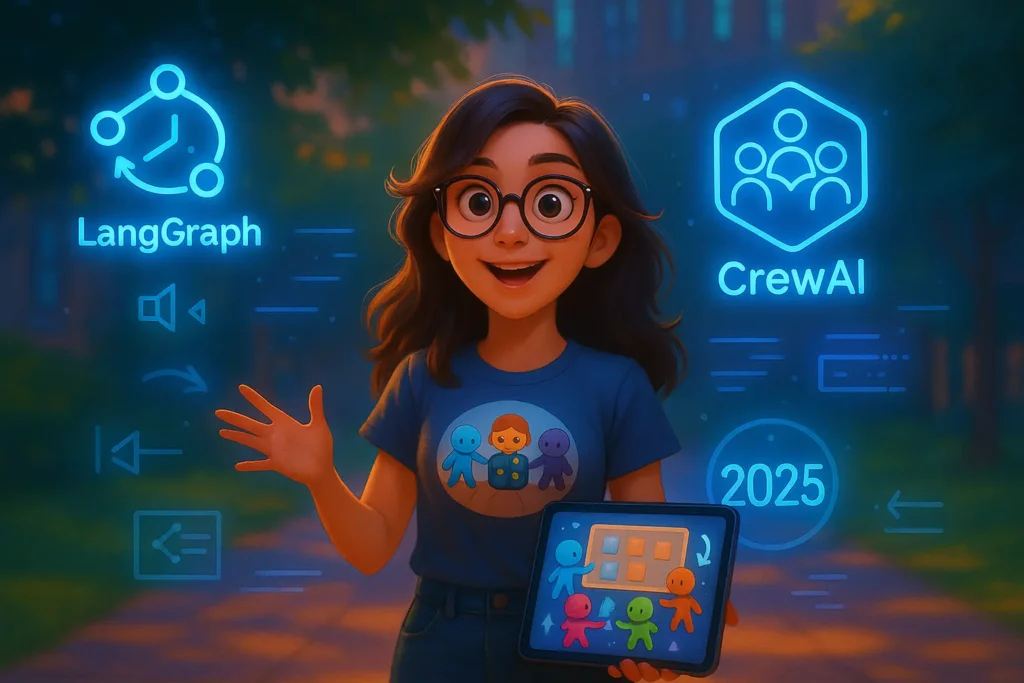You’re plugged in—laptop open, phone buzzing, assignments, chatting, streaming. But lurking behind the convenience is a hidden threat: cyber attacks. As a student in 2025, understanding cybersecurity for students isn’t optional but it’s essential. Let’s dive into what to do, what to avoid, and the top-secret tips no one teaches in class. Plus, stick around for tools that make staying safe as easy as studying.
Why Cybersecurity Awareness Matters for Students
Think of the internet as a big campus quad, great for connection, but full of unknowns. Your email, online coursework, and social accounts are prime targets. Phishing scams, password leaks, and malware can disrupt your life more than a missed assignment. Developing strong cybersecurity awareness for students sets you up not just for safety, but for credibility and confidence in the digital world.
These Cybersecurity Secrets Every Campus Survivor Needs in 2025! emphasizes student-friendly strategies that protect and empower.

What to Do: Build Core Online Security Habits
Start with the basics, but do them well.
- Use strong, unique passwords, or you can go through a password manager.
- Enable multi-factor authentication on email, school accounts, and social platforms.
- Keep devices up to date with security patches.
- Use VPNs on public Wi-Fi to avoid data snoops.
- Scan every download and email attachment before opening.
These simple steps form your first line of defense and cultivate cybersecurity maturity. And bonus: these practices will serve you well professionally: These Tech Skills That Guarantee High‑Paying Jobs Before You Graduate!
What to Avoid: Common Student Cyber Pitfalls
It’s surprising how often these mistakes happen:
- Reusing weak passwords across accounts
- Reacting hastily to email links or pop-ups
- Delaying system updates
- Ignoring antivirus or device scans
- Connecting to unknown public Wi-Fi without protection
Avoid these, and your risk plummets. When your data is on the dark web (yes, it’s a thing) then what you should first do, if Your Data and Privacy Is on the Dark Web (Step‑by‑Step Guide) becomes far more than theory.
Secret Tips & Tricks No One Tells You
Let’s go beyond the basics:
- Use burner emails for uncertain websites, do keeps your inbox clean and your identity private.
- Lock down permissions on apps as most collect way more than necessary.
- Custom DNS filtering can block malicious or distracting domains across all your devices.
- Enable privacy mode in browsers for study-related research and blocks trackers and keeps your path invisible.
- Deploy a personal password “vault” challenge monthly and replacing any passwords older than 90 days.
Pair these with pro tips from These are 5 Best Coding Bootcamps for Beginners to build both digital and career resilience.
How to Learn Cybersecurity: Resources That Fit Your Life
Interested in going deeper? Start with free, hands-on learning:
- Intro to Cybersecurity courses are available on Coursera and edX.
- Capture the Flag (CTF) challenges which is fun and based on real-world.
- Students or Clubs are available on Discord and you can search for cybersecurity meetups, many originations and companies organize these meetups for freshers and students.
These interactive methods teach skills far more vividly than textbooks. They align with powerful philosophies like Best free coding course that are even better than your college degree.
AI in Cybersecurity: Smart Defense Tools
AI is transforming cybersecurity by automating threat detection, analyzing logs, forecasting breach attempts, and even simulating attacks. As a student, you can leverage AI-powered tools to audit your online safety, whether checking privacy settings or scanning for leaked credentials. These intelligent defenses become as crucial as installing antivirus software.
Student Productivity Hack
Think of cybersecurity as part of your study routine: lock your screen between sessions, store notes in encrypted cloud drives, and activate “Away” modes on devices during breaks. These habits protect your work and train discipline as well, some skills valued in academic and professional settings alike.
Wrap-Up: Stay Curious, Stay Secure
In today’s connected world, cybersecurity for students isn’t just about protection, it’s a path to greater digital independence and trust. Start with strong passwords, MFA, and privacy tools. Do avoid shortcuts (maybe can become somehow long for you!). Discover top-secret tricks. Use free resources to learn and practice. Finally, supercharge privacy with AI-powered tools.
Choose one easy step right now, install a password manager, enable MFA, or scan your gear. Each action builds your shield. And longer-term? Consider diving into coding bootcamps or taking free courses to boost both your skills and security savvy.
Your digital future starts with security. Take your first proactive step today and invite your friends to do the same.








